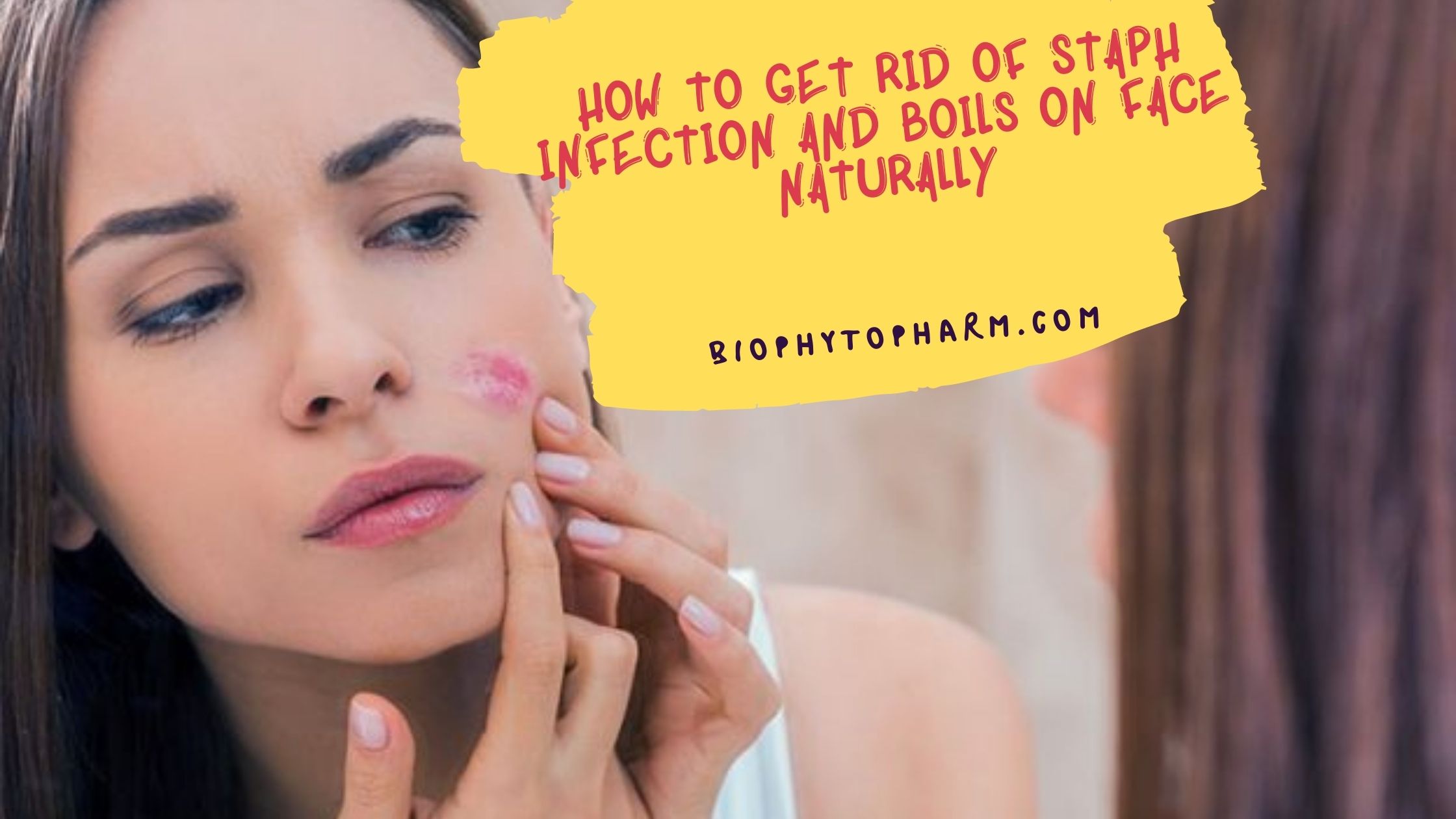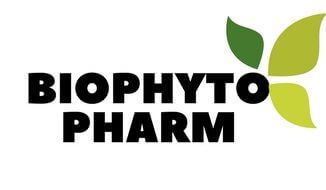Natural Remedies to Eliminate Staph Infection and Boils on Face

Staph infections and boils on the face can be distressing and uncomfortable. Dealing with these skin conditions requires a comprehensive understanding and effective natural remedies to alleviate symptoms and eradicate the underlying cause. We’re dedicated to offering invaluable insights and guidance on tackling these concerns naturally, ensuring a healthy and radiant complexion.
Understanding Staph Infection and Boils on Face
Staphylococcus aureus, commonly known as staph, is a bacterium often residing on the skin or in the nose. When the skin experiences a cut, scrape, or another injury, the bacteria can infiltrate and lead to infections. Boils, also known as furuncles, are pus-filled lumps resulting from infected hair follicles. When these occur on the face, they can be particularly bothersome and challenging to manage.
Identifying Symptoms
The appearance of red, swollen areas on the face, often accompanied by tenderness and pain, could signal a staph infection or boil. These lesions might increase in size and develop a white or yellow center, indicating pus accumulation.
Effective Natural Remedies for Staph Infection and Boils
1. Tea Tree Oil
Renowned for its antibacterial and anti-inflammatory properties, tea tree oil is a potent natural remedy for staph infections and boils. Its application aids in reducing inflammation, fighting bacteria, and accelerating the healing process. Dilute the oil with a carrier oil and apply it directly to the affected area for optimal results.
2. Turmeric
With its active compound curcumin, turmeric exhibits powerful antibacterial and anti-inflammatory attributes. Incorporating turmeric paste into your skincare routine can help combat staph infections and alleviate discomfort caused by boils. Apply a paste of turmeric and water or mix it with honey for its healing benefits.
3. Garlic
Garlic contains allicin, a potent compound known for its antimicrobial properties. Consuming garlic or applying it topically can aid in fighting staph infections and accelerating the healing of boils. Crush a few cloves of garlic and mix them with a carrier oil before applying them to the affected area.
4. Warm Compresses
Applying warm compresses to the affected area can help alleviate pain and aid in the drainage of boils. The heat from the compress promotes blood circulation, hastening the healing process and reducing discomfort.
5. Honey
The antibacterial properties of honey make it an excellent natural remedy for staph infections. Applying raw honey directly to the affected area can help soothe the skin, reduce inflammation, and expedite healing.
Prevention Strategies
Preventing staph infections and boils on the face involves maintaining good hygiene practices and taking precautionary measures:
- Regular Handwashing: Wash your hands frequently with soap and water.
- Cleanse Your Face: Use a gentle cleanser suitable for your skin type to prevent bacterial buildup.
- Avoid Touching Your Face: Minimize touching your face to prevent the spread of bacteria from your hands.
Seeking Medical Advice
While natural remedies can be effective, severe or persistent cases of staph infections or boils require medical attention. Consulting a healthcare professional is crucial for proper diagnosis and treatment, especially if the condition worsens or doesn’t improve with home remedies.
Conclusion
Staph infections and boils on the face can be managed effectively with the use of natural remedies and preventive measures. Adopting a proactive approach to skincare, incorporating these remedies into your routine, and maintaining good hygiene practices can significantly contribute to reducing the occurrence and severity of these skin conditions.




